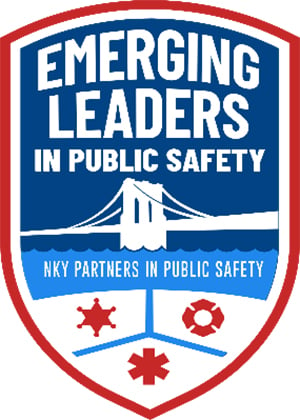The generational struggles of youth today have been amplified by the continued advancements in social technology.
Cyberbullying — harassing, embarrassing, threatening, or humiliating others online — has become one of the top social issues. Studies indicate that 16 percent of students in grades 9–12 experience cyberbullying. That’s more than two million students whose emotional and psychological well-being is at stake.
Now, more than ever, this threat demands our immediate attention, and collaborative efforts between schools and parents can help.

This issue is especially important to educators at the Kentucky Virtual Academy (KYVA) because we know our students will spend a portion of their time online.
Whether traditional or virtual, schools play a pivotal role in educating students about responsible online behavior and fostering a safe learning environment. At KYVA, we incorporate comprehensive cyberbullying prevention programs into our curriculum and our culture. These programs teach students about the consequences of cyberbullying, the importance of empathy and respect online, and strategies for approaching and reporting incidents. They also teach students what to do if they feel attacked or unsafe online.
We urge all schools to encourage learning and open dialogue about digital citizenship and the role of ethical behavior in an online world.
The threat of cyberbullying demands our continued attention, and collaborative efforts between schools and parents can certainly help. Here are three steps schools and parents can take to prevent cyberbullying:
1. Be Educated on the Online Platforms Your Student Accesses. Education is a shared responsibility, and both parents and schools must educate themselves about the various social media platforms and apps being used. Understanding today’s digital landscape is key to identifying potential dangers and responding effectively. Parents and caregivers are students’ first teachers when it comes to kindness, empathy, and respect. Leading by example and modeling positive behavior, both in-person and online, are also beneficial to help students learn accountability.
2. Communicate Daily with Your Student. To combat the dangers of cyberbullying, both parents and schools must work in tandem. Open communication is paramount, and fostering transparent conversations with your student about their online experiences is crucial. It’s important to create both home and school environments in which kids can freely share any negative encounters; they need to know they can seek support without fear of punishment. Ensuring that children are aware of reporting mechanisms for cyberbullying incidents is part of this effort. Schools should have clear reporting procedures in place and act quickly to investigate and address incidents.
3. Take Mental Health Challenges Seriously. Every school should offer mental health resources to support students affected by cyberbullying. This helps reinforce the point that seeking help is a sign of strength, not weakness. Parents should also proactively identify signs of distress in their children and seek professional help when needed.
In the battle against cyberbullying, school leaders and parents are the strongest allies. We must continue to recognize that addressing cyberbullying is not just a matter of safety, but also of nurturing empathy, respect, and responsible citizenship in online environments. By working together, we can send a powerful message that cyberbullying will not be tolerated and the digital world should be a place in which every child can learn, grow, and thrive without fear.
Sallie Johnson is principal and academic advisor at Kentucky Virtual Academy (KYVA). She has been an educator for more than 30 years, with 22 of those have been as an administrator, and 13 years teaching students with both emotional and behavioral struggles.





















